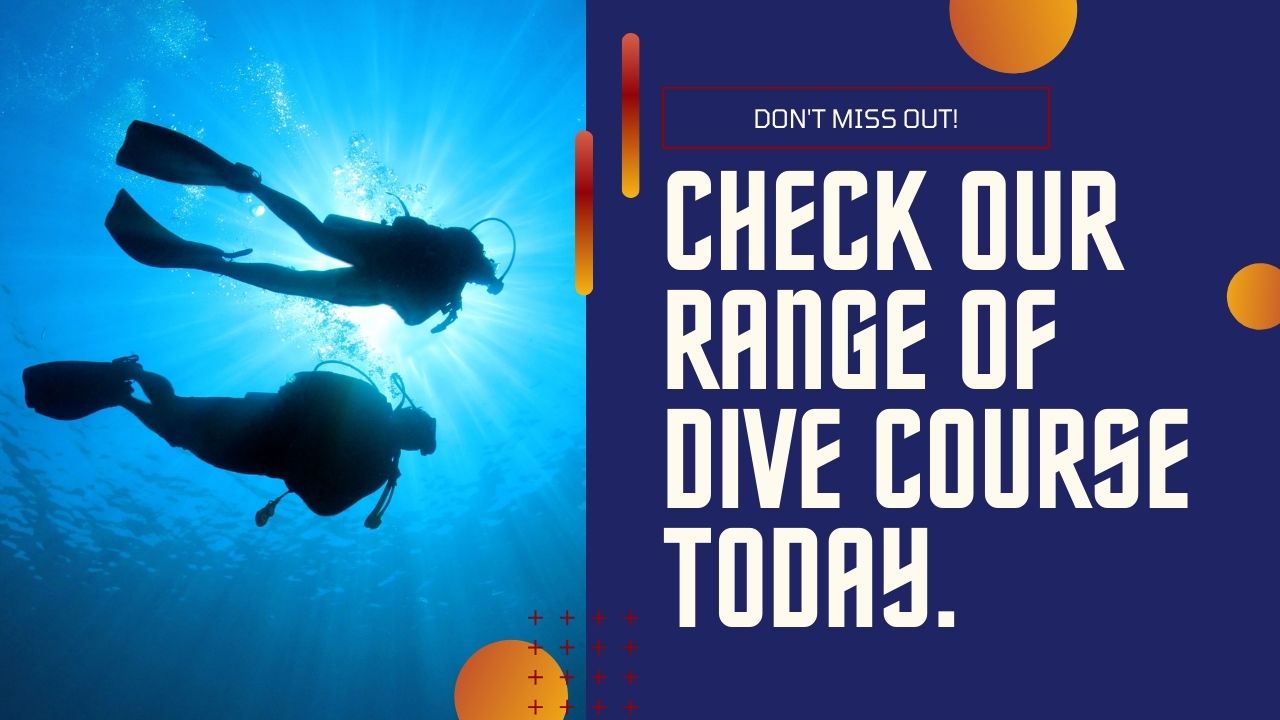You have 0 product(s) in your cart.
Abyss Scuba Diving
Everything You Need To Know About The Rescue Diver Course
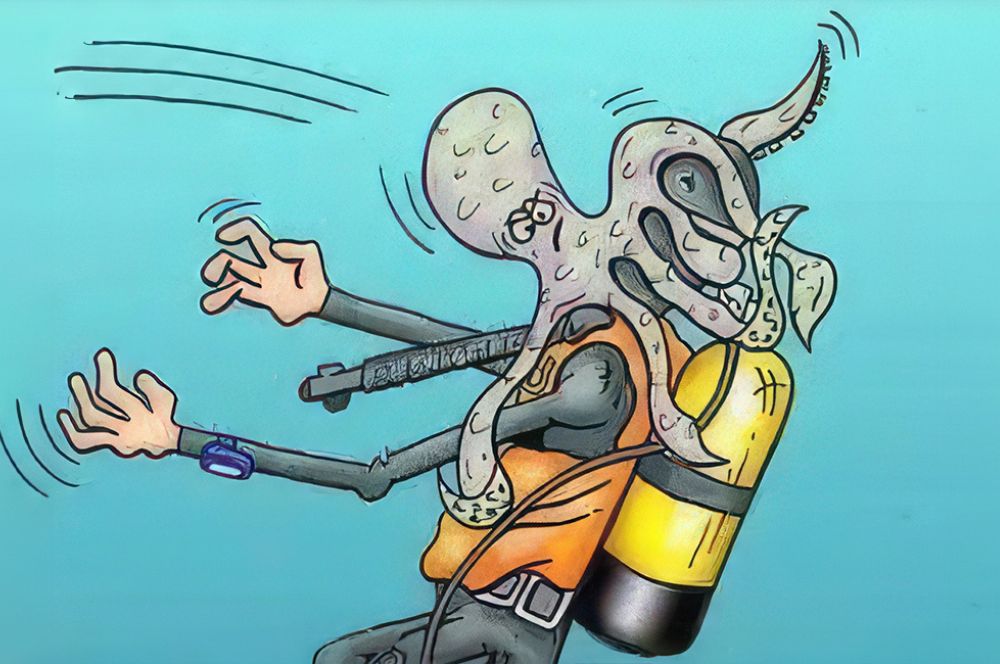
Everything You Need to Know About the Rescue Diver Course
Are you ready to take your scuba diving skills to new heights and become the ultimate underwater problem-solver? The PADI Rescue Diver course is designed to do just that, turning potential underwater emergencies into memorable learning experiences. In this blog post, we’ll dive deep into the world of rescue diving, exploring the benefits, prerequisites, what to expect during the course, and much more!
Key Takeaways
-
Rescue Diver Course develops skills, increases confidence & safety and opens the door to career opportunities.
-
Prerequisites include age, certification and first aid/CPR training.
-
Completing the course provides access to Certifications such as Divemaster or instructor for a variety of scuba diving industry roles.
Why You Should Consider Taking a PADI Rescue Diver Course
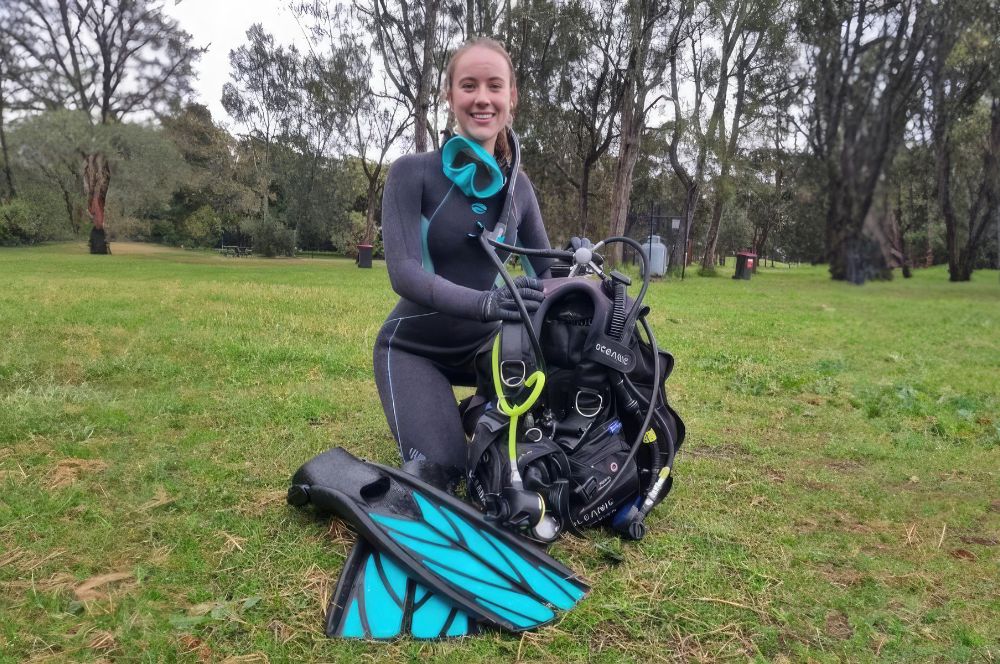
Embarking on a rescue diver course offers several benefits for avid scuba divers:
-
It significantly improves personal growth and skill development.
-
It increases confidence and safety awareness underwater.
-
Completing a PADI rescue diver course can open doors to exciting career advancement opportunities within the scuba diving world.
Becoming a padi rescue diver shows your commitment to readiness for any underwater emergency, which instills trust in your diving companions. Rescue diver training equips you with the skills and knowledge necessary to help fellow rescue divers in need, making a real difference in their lives.
Furthermore, the training helps you develop a heightened awareness of your surroundings and other divers, enabling you to recognize potential problems more effectively and make diving safer for everyone.
Personal Growth and Skill Development
The PADI Rescue Diver course is all about enhancing your abilities in the water, allowing you to effectively handle emergency situations and develop as a diver. You’ll learn to think quickly and act decisively under pressure, practising rescue exercises that build competence and confidence.
Through a combination of online training and hands-on practice, you’ll master self-rescue techniques such as recognizing and responding to signs of distress, rescuing from the surface, and underwater rescues. This invaluable skillset not only boosts your self-reliance but also prepares you to assist others in critical situations, making you an invaluable asset to any dive group.
Increased Confidence and Safety Awareness
A crucial step in becoming a responsible and skilled diver is developing the ability to recognize potential problems and manage diving accidents. In the Rescue Diver course, confined water rescue exercises provide you with ample opportunities to practice handling various situations, from strong currents and poor visibility to interactions with marine life.
Honing your ability to identify potential issues and acting to avoid or mitigate them not only reduces the risk of diving incidents but also makes you a key player in a dive group’s overall safety. Additionally, you’ll gain experience in providing first aid, assessing situations, and calling for help in case of a diving accident, making you a more confident and self-assured diver.
Advancing Your Scuba Diving Career
Completing a rescue diver course can open a world of career opportunities in the scuba diving industry. Possibilities include:
-
Becoming a scuba diving instructor
-
Working in conservation
-
Becoming a travel blogger
-
Exploring extreme scuba diving jobs
All these roles allow you to utilize your rescue diving skills and passion for diving, making a difference and inspiring others.
Once you’ve finished your rescue diver course, you can start exploring various certifications to further advance your career. The PADI Divemaster Course is the first step to becoming a professional scuba diving instructor, and the PADI Master Scuba Diver Trainer is the highest recreational diving certification you can achieve. Pursuing these certifications not only enriches your diving experiences but also opens up new opportunities to make a living doing what you love.
Prerequisites for Enrolling in a Rescue Diver Course
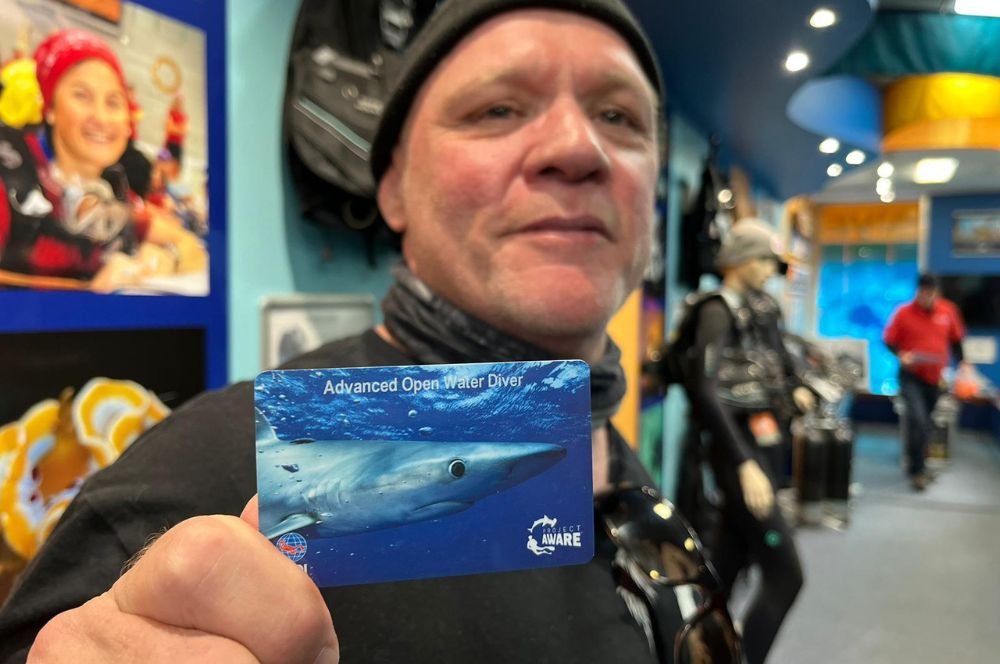
Before you dive headfirst into the world of rescue diving, it’s essential to ensure you meet the necessary prerequisites. These requirements include age, certification, and first aid/CPR training, designed to guarantee that all rescue diver course participants have the foundational skills and knowledge required for this advanced training.
Meeting these requirements ensures that you’re fully prepared to tackle the challenges of rescue diver training, allowing you to focus on mastering new skills and techniques rather than struggling to keep up with the course material. So, before enrolling, take the time to verify that you meet all prerequisites and are ready to embark on this exciting and rewarding journey.
Age and Certification Requirements
To enroll in a rescue diver course, you must be at least 12 years old, ensuring that participants are mature enough to handle the responsibilities and challenges of advanced diving techniques. Additionally, having a PADI Advanced Open Water certification or the equivalent is a must, as it demonstrates that you’ve already mastered fundamental diving skills and are prepared to take on more advanced training.
Meeting these age and certification requirements, including obtaining an aid certificate, substantiates your readiness to tackle rescue diver training complexities and assures you have a solid foundation to build upon. This ensures a smoother, more enjoyable learning experience for both you and your fellow course participants.
First Aid and CPR Training
A vital prerequisite for enrolling in a PADI Rescue Diver course is having a current first aid certificate and CPR training completed within the last two years. This requirement ensures that all participants are well-equipped to handle emergency situations and provide assistance to fellow divers in need.
First aid and CPR training not only provide life-saving skills but also foster a sense of responsibility and preparedness among divers. Having this training equips you with a commitment to safety and readiness to confront the challenges of rescue diver training with confidence and ability.
What to Expect During the Rescue Diver Course
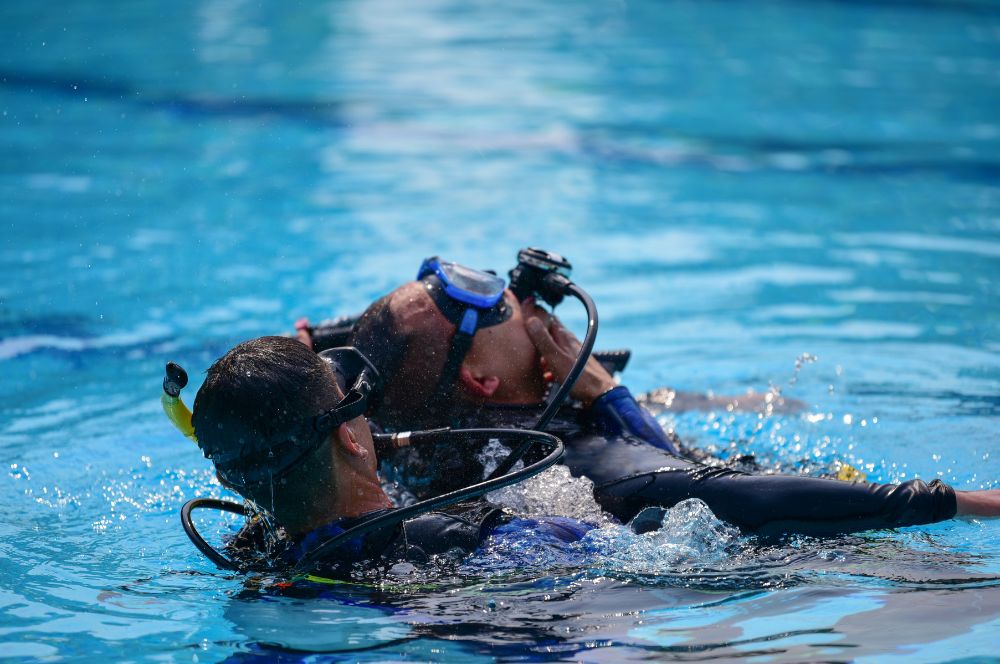
The PADI Rescue Diver, also known as a rescue course, offers a comprehensive curriculum designed to transform you into a skilled and confident rescue diver. Upon completion, you will earn your rescue diver certification. The course covers the following:
-
Knowledge development
-
Self-rescue skills
-
Rescue scenarios
-
Emergency management and equipment
This well-rounded approach ensures that you’re fully prepared to handle a wide range of diving emergencies, including those requiring dive medical assistance, and assist fellow divers in need.
Throughout the course, you’ll engage in both independent study and practical application, allowing you to not only learn essential rescue concepts but also put them into practice in real-life scenarios at actual dive sites. This combination of theory and hands-on training guarantees a thorough understanding of rescue diving principles and techniques, setting you up for success in your future diving endeavours.
Knowledge Development and Self-Rescue Skills
Knowledge development and self-rescue skills form the foundation of the Rescue Diver course. Through independent study, you’ll explore essential concepts such as:
-
self-rescue
-
diver stress
-
diving first aid
-
equipment
-
emergency management
This theoretical knowledge provides the groundwork for understanding the principles of rescue diving and prepares you to tackle more advanced skills in practical training sessions.
During practical training, you’ll have the opportunity to apply your newfound knowledge to hands-on scenarios, mastering crucial self-rescue techniques and honing your response to signs of distress in other divers. The Rescue Diver course, which combines knowledge development with practical application, provides you with a well-rounded skillset, empowering you to confidently handle a variety of emergency situations.
Rescue Scenarios and Practical Application
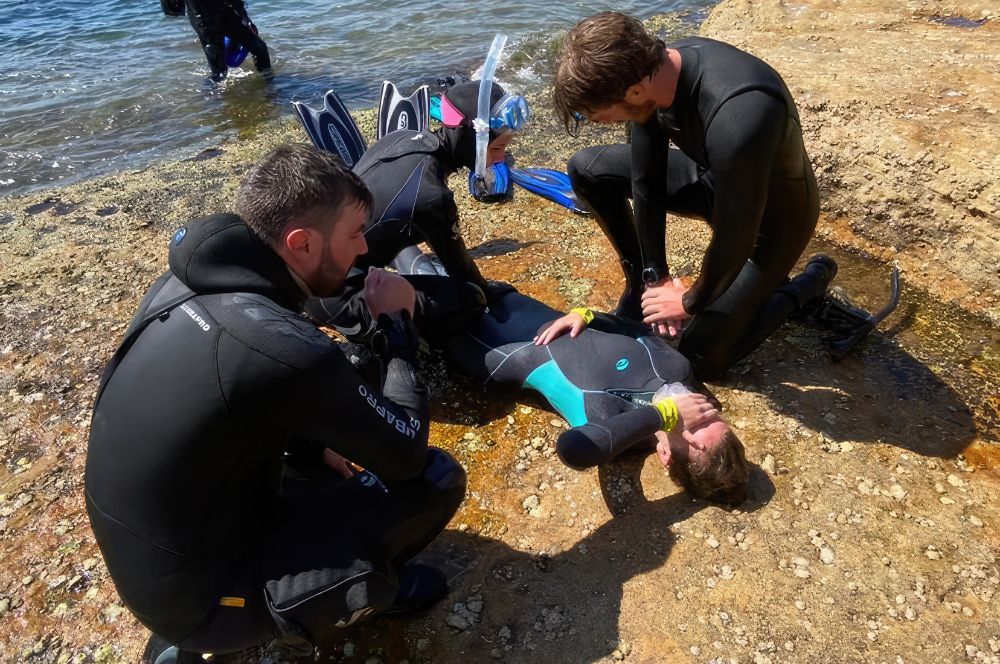
One of the most exciting and rewarding aspects of the Rescue Diver course is the opportunity to participate in real-life rescue scenarios and practical application at actual dive sites. These scenarios provide invaluable hands-on experience, allowing you to:
-
Put your knowledge and skills to the test
-
Learn how to respond to emergency situations
-
Practice rescue techniques in a controlled yet realistic environment
Throughout the course, you’ll practice various rescue scenarios, such as handling missing divers, entanglement situations, and out-of-gas emergencies. These experiences will not only refine your rescue skills but also prepare you to respond effectively and efficiently in real-life rescue situations, ensuring that you’re ready to tackle any underwater emergency that comes your way.
Emergency Management and Equipment
In addition to mastering rescue skills and techniques, the PADI Rescue Diver also focuses on emergency management and the proper use of equipment needed during diving emergencies. This training ensures that you’re well-prepared to handle a wide range of situations, from minor equipment issues to life-threatening emergencies.
During the course, you’ll learn how to utilize essential emergency equipment such as oxygen tanks, first aid kits, and signalling devices, allowing you to respond effectively to various diving accidents. Gaining proficiency in emergency management and equipment handling will make you a more adaptable and skilled rescue diver, ready to confront any underwater challenge.
Gear Requirements for Rescue Diver Training
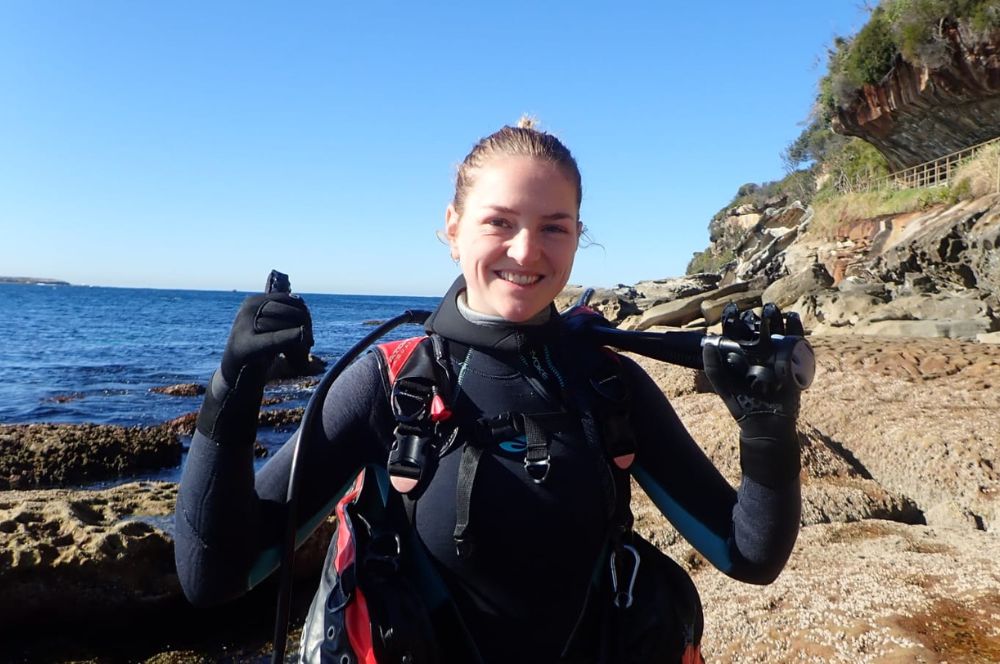
To fully participate in the PADI Rescue Diver and ensure a successful learning experience, you’ll need to bring along your basic scuba gear, including:
-
Mask
-
Fins
-
Snorkel
-
Wetsuit
-
Buoyancy control device
-
Dive computer
Additionally, some essential accessories, such as a pocket mask, safety sausage, and dive whistle, are required for the course. Having the appropriate gear on hand ensures you’re well-prepared for the diverse skills and scenarios covered in the training.
How Long Does It Take to Complete the PADI Rescue Diver ?
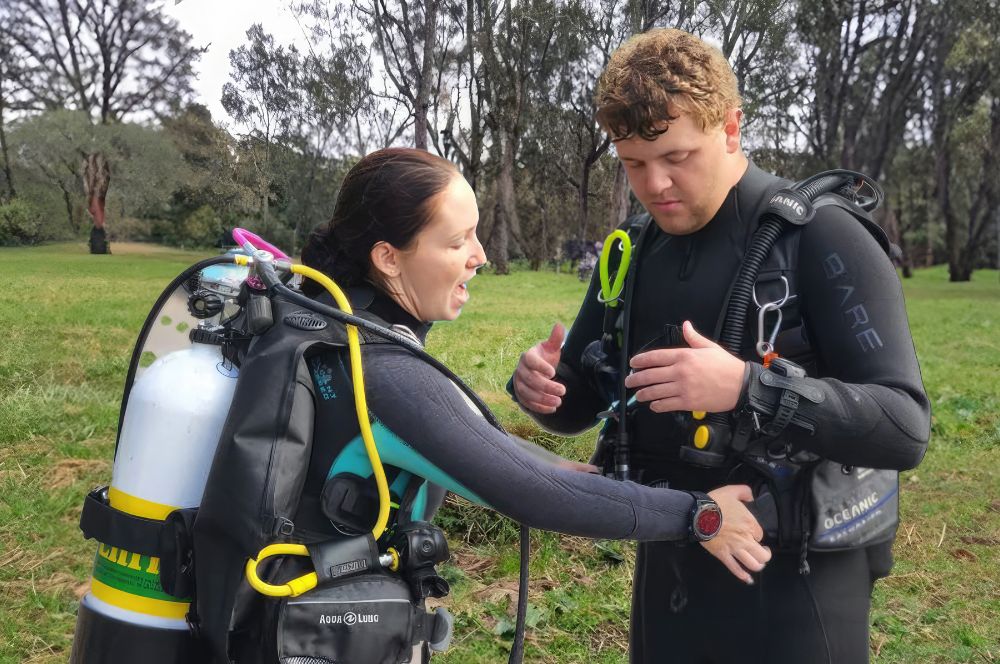
The PADI Rescue Diver course is designed to be both thorough and efficient, typically taking 1-2 days to complete the practical training and self-paced knowledge development.
This streamlined format allows you to quickly gain the skills and knowledge necessary to become a confident and capable rescue diver, ready to tackle any underwater emergency with ease.
The Cost of Becoming a Rescue Diver
.jpg)
Investing in your diving skills and safety is always a wise decision, and at Abyss Scuba Diving, the cost of becoming a Rescue Diver is $499. This fee covers:
-
Comprehensive training
-
Resources needed to transform you into a skilled, confident, and responsible rescue diver
-
Preparation for new challenges and opportunities in the diving world
With the right training and resources, you can become a skilled and confident rescue diver, ready
Career Opportunities and Further Certifications After Rescue Diver Course
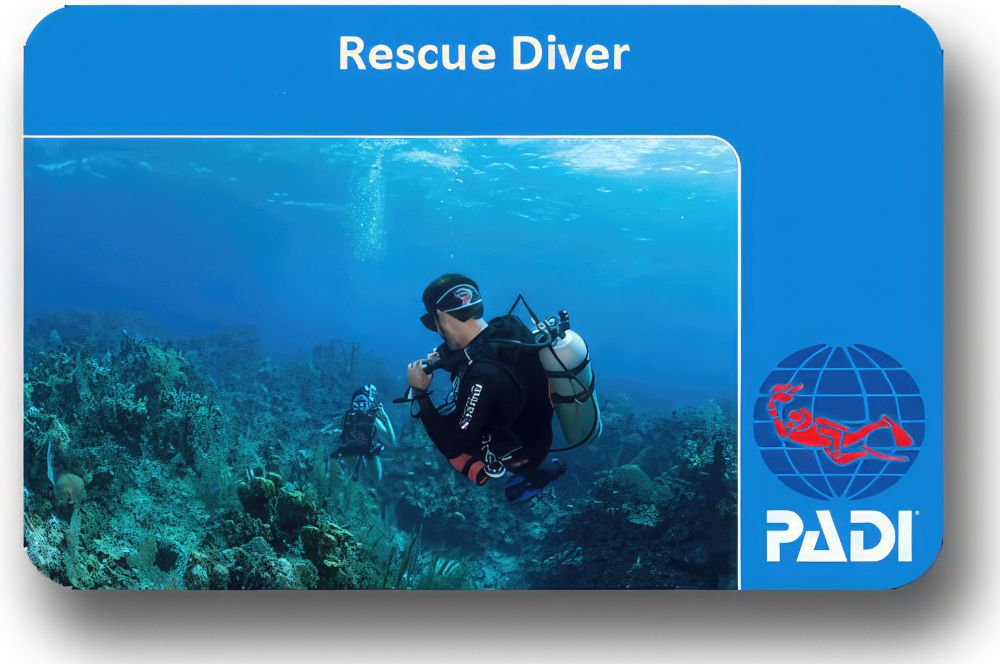
Upon completing the PADI Rescue Diver course, a world of new career opportunities and further certifications awaits you. The skills, knowledge, and experience gained during the course not only enhance your safety and competence as a diver but also open doors to professional roles within the scuba diving industry, including dive instruction, conservation, and travel writing.
For those looking to advance their diving skills even further, pursuing professional certifications such as the PADI Divemaster course is an excellent next step. This course builds upon the foundation laid by the PADI Rescue Diver course, allowing you to lead and supervise recreational dives and even teach courses as a professional diving instructor.
Professional Certifications
Attaining professional certifications after completing the Rescue Diver course can lead to various career opportunities in the scuba diving industry. As a certified rescue diver, you can pursue roles such as scuba diving instructor, conservationist, or travel blogger, all of which allow you to make use of your diverse skillset and passion for diving.
These professional certifications offer new career avenues and underscore your commitment to diving excellence and safety. Striving for professional-level certifications signifies an investment in your future as a diver and highlights your dedication to the sport and the underwater world.
PADI Divemaster Course
For divers eager to continue their professional development, the PADI Divemaster course is the ideal next step after completing the PADI Rescue Diver course. As the first stage towards becoming a professional scuba diving instructor, the Divemaster course covers everything from dive theory to dive rescue and is designed to prepare you for leadership roles within the diving community. With comprehensive divemaster training, you’ll be well-equipped to handle various scuba diving situations and guide others on their underwater adventures.
Upon completion of the Divemaster course, you’ll obtain your diver certification, allowing you to lead dives and assist instructors in teaching courses, further expanding your career opportunities within the scuba diving industry. This advanced certification is an excellent way to build on the skills and knowledge gained during the PADI Rescue Diver course, setting you on a path towards a fulfilling and rewarding scuba diving career.
Summary
In conclusion, the PADI Rescue Diver course offers an incredible opportunity for divers to enhance their skills, confidence, and safety awareness while opening doors to exciting career possibilities within the scuba diving world. With its comprehensive curriculum covering knowledge development, self-rescue skills, rescue scenarios, and emergency management and equipment, the course provides a strong foundation for divers looking to take their underwater adventures to the next level. So, are you ready to become the ultimate underwater problem-solver and embark on a thrilling new chapter in your diving journey?
Frequently Asked Questions
What do rescue divers do?
Rescue divers perform a vital role in the diving world, rescuing panicked and unresponsive divers, managing stress in other divers and foreseeing potential emergencies.
What level of PADI is a Rescue Diver?
The PADI Rescue Diver is the third-level qualification in the international system of the Professional Association of Diving Instructors (PADI). It follows the Advanced Open Water Diver qualification (AOWD). Rescue Diver certification is designed to teach divers how to prevent and manage problems in the water and to become more confident in their skills as a diver. The course covers topics such as self-rescue, recognizing and managing stress
Is PADI Rescue Diver hard?
The PADI Rescue Diver Course is mentally and physically challenging, but overall, it presents a fun challenge to many scuba divers. In other words, yes, it's hard!
How long is PADI Rescue Diver?
The PADI Rescue Diver course usually takes two days plus approximately 6 hours of online theory.
How many dives do you need for a PADI Rescue Diver?
You need to have completed 50 dives and achieved your PADI Rescue Diver certification in order to attain Master Scuba Diver certification.
-
Rescue Diver Course
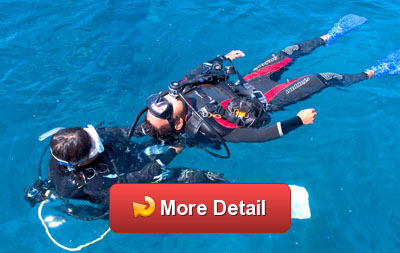
Rescue Diver Course
This course expands on what you already know about how to prevent problems and how to manage them if they […] -
First Aid Course
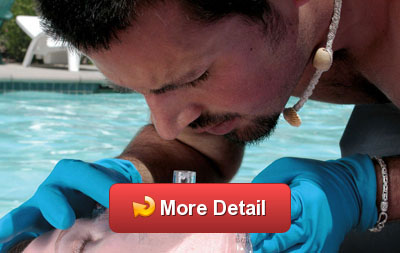
First Aid Course
First aid and CPR are good skills for anyone involved in adventure sports – just in case. You need first aid […] -
Oxygen Provider
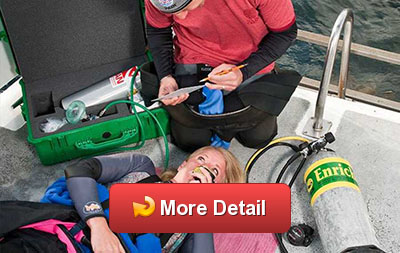
Oxygen Provider
Be the one ready to help a fellow diver should the need arise. Become a PADI Emergency Oxygen Provider[…] -
Navigation Course
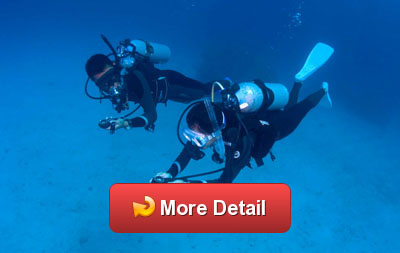
Navigation Course
Finding your way should not a matter of luck! To ensure your safety then finding your way back to the […]
Recent Posts
